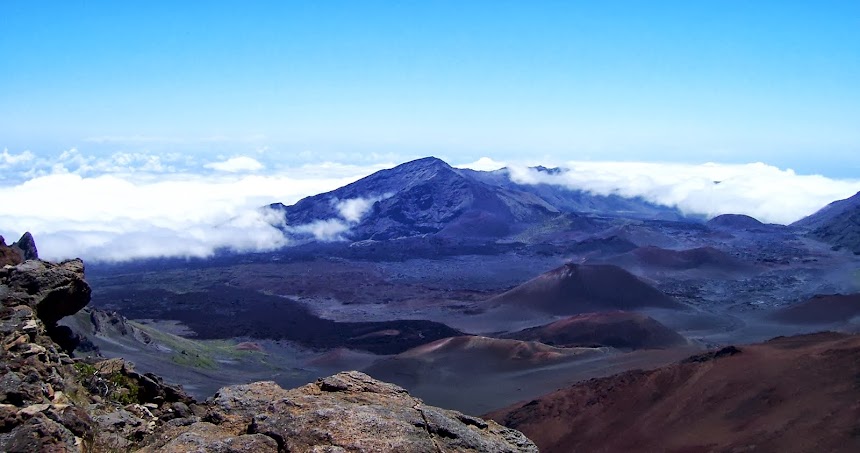The Definition : Giclee (zhee-klay) - The French word "giclée" is a feminine noun that means a spray or a spurt of liquid. The word was derived from the French verb "gicler" meaning "to squirt".
The Term : The term "giclee print" connotes an elevation in printmaking technology. Images are generated from high resolution digital scans and printed with archival quality inks onto various substrates including canvas, fine art, and photo-base paper. The giclee printing process provides better color accuracy than other means of reproduction.
The Process : Giclee prints are created typically using professional 8-Color to 12-Color ink-jet printers. These modern technology printers are capable of producing incredibly detailed prints for both the fine art and photographic markets. Giclee prints are sometimes referred to as Iris prints, which are 4-Color ink-jet prints from a printer pioneered in the late 1970s by Iris Graphics.
The Quality : The quality of the giclee print rivals traditional silver-halide and gelatin printing processes and is commonly found in museums, art galleries, and photographic galleries.
The Market : Numerous examples of giclee prints can be found in New York City at the Metropolitan Museum, the Museum of Modern Art, and the Chelsea Galleries. Recent auctions of giclee prints have fetched $10,800 for Annie Leibovitz, $9,600 for Chuck Close, and $22,800 for Wolfgang Tillmans (April 23/24 2004, Photographs, New York, Phillips de Pury & Company.
After Printing : The prints are then mounted on, high quality, wood frames. The term "wrap print" comes
from the process of wrapping the canvas around the frame then attaching it.
Advantages : The final product is much lighter than the framing process using glass, matting, and frame
and is much more resistant to sunlight. These prints are said to have a 75 year lifespan !!!
New England At It's Best!!!
